MDADM
21 Mar 2023
MDADM Status Notifications: How to configure mdadm email alerts for software raid drive failures.
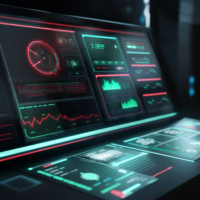
When managing a dedicated server, one crucial aspect to keep an eye on is the health of your RAID (Redundant Array of Independent Disks) system. RAID systems are like the unsung heroes of the server world, working behind the scenes to keep your data safe and accessible. Just as you’d want to know if your
04 Feb 2021
Optimal RAID Stripe Size and filesystem Readahead for RAID-10?
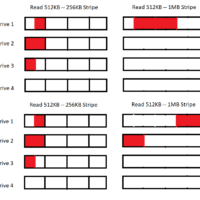
What RAID stripe size is ideal for an array of hard drives? What are the default settings for both raid stripe size and filesystem readahead? Are those defaults acceptable? How do these settings impact the performance of my server? In this post, we’ll go into detail as to what settings are ideal for a server
07 Apr 2016
What is RAID 0? — RAID striping explained
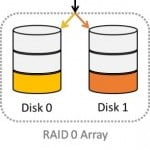
RAID – or “Redundant Array of Independent Disks” – is a strategy for data storage used on most server setups. Understanding how RAID works, how it can help you meet the needs of your business or organization, and understanding differences between RAID levels is important before setting up your server. This article discusses RAID 0
26 Feb 2016
What is RAID 5 — RAID parity explained
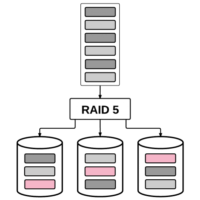
It’s hard to talk about servers without RAID coming up. If you’re considering RAID for your server and want to know if RAID 5 is right for you, or if you just want to learn more about RAID in general, you’ve come to the right place. We’ll go over that and more in this article.
22 Feb 2016
What is RAID 10 — Nested RAID levels explained

RAID is a topic that comes up a lot when discussing servers. If you’ve wondered what RAID is, why you might want it on your server, and whether RAID 10 is the best option for you, look no further. We’re going to be discussing all of that in today’s article. What is RAID? RAID, or
21 Apr 2015
Setting up Software RAID / MDADM status alert Emails for failed drives in Centos, Ubuntu, and Debian

Issues regarding software and hardware raid are no stranger to the IOFlood blog, with articles discussing the relative merits of each, articles discussing why raid is important (and so are backups), and so on. But RAID only provides protection against failed drives if you realize a drive has failed and replace it. Often times, a
04 Jun 2013
Update: Hardware vs Software RAID: The great debate.
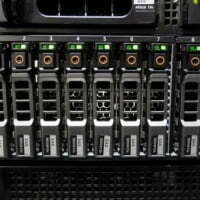
Hi Everyone, If you recall our previous article Hardware raid or software raid? Our take on the great religious debate, we made the case that hardware raid served virtually no purpose, and software raid was better in all important ways. Although we still find most of the information in that article to be true, we are
28 Jun 2012
Hardware raid or software raid? Our take on the great religious debate
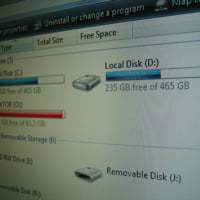
I get asked this question a lot: “Do I need hardware raid, or is software raid good enough?” You may have noticed I/O FLOOD only offers software raid, so it will come as no surprise to you that we think software raid is “good enough”. What might surprise you however, is that we believe that